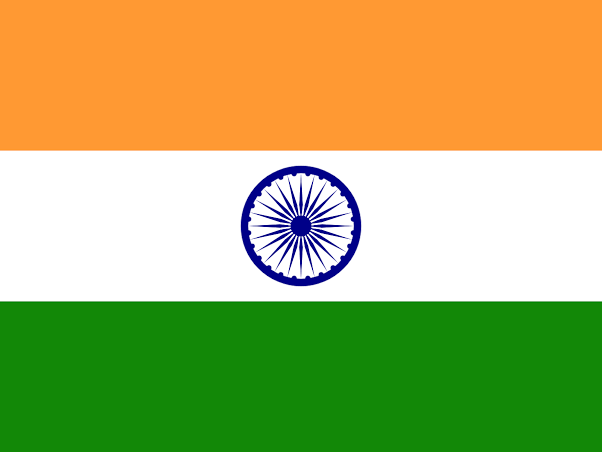

It’s true, I was there


It’s true, I was there


heh everything is fine
I remember in 2021 our soil was just better. This year it looks crumbly and like coffee grounds. A lot of Asian jumping worms too, possibly the reason why


the root cause of all racism


when there’s so much AI that you don’t even have actual human data sources anymore


THE REASON I POST THIS VIDEO HERE
BUSTY BODY…ACROSS THE WORLD


US China India Russia Japan Brazil Indonesia Mexico Germany DesertBritain
So probably less than top 10 most powerful


pachycephalosaurus or micropachycephalosaurus


I still pronounce it “seltic”


He’s acktszchyually trying to virtue-signal his whiteness in this post


There are also various native American groups as well as Europeans (Ukraine, Finland) who revere this symbol.
This is something only a Non-White person from a Non-Western country could write lol. Those aforementioned Europeans are called nazis.
They like to create false history about how the Swastika was the symbol of the Aryans (even though it was found in the Indus Valley centuries before the Aryans even existed, not to mention in pre-Columbian Apache pottery, meaning that it has extremely non-Central Asian roots, let alone European)


Yes I have. The genes don’t bear it out.
Brahmin ideology stems from the Indo-Aryans of Punjab. And thus the prevalence of Indo-Aryan genes and Indo-Aryan paternal markers tells a very important story.
Brahmins across India, even in Tamil Nadu, are very genetically similar, but have very different paternal markers. The ratio of Indo-Aryan paternal markers is much higher in Bengali and other Gangetic Brahmins (72%) than in Gujarati and Tamil Brahmins (27% and 40%). This is despite their actual Indo-Aryan ancestry being the same (20-25% for all Brahmins)
What does this mean? It means that Brahmins in Gujarat were far more meritocratic and less racist, because they allowed intermarriage of foreign men into their ranks. Almost exactly half of their Indo-Aryan ancestry comes from Brahmin women. This also holds, but to a lesser extent, for the general West and South of India.
Meanwhile in Bengal and Uttar Pradesh, the Brahmins were far more racist, and there is much more documented evidence of female infanticide (which still goes on today). The Gangetic belt of India also coincidentally happens to the poorest and most backward area of India.


well he got whiter
isn’t this what they wanted


Their life was so cheap that a Brahmin could kill a dalit for no reason without repercussions. Even if a Brahmin committed mass murder the worst punishment they could get is to get their ponytail shaved.
This is a northern/Gangetic thing
Women also had no existence without men because of Sati.
This is a northwestern thing, and was only practiced by royalty
Caste discrimination in the Dravidian South existed, but was far less severe and had movements against it as far back as 500 AD https://en.wikipedia.org/wiki/Bhakti_movement


If you’re Indian, get used to being the most hated race on the planet. If you live in the west, get a gun. Consider lying about your ethnicity when specifically asked (people are dumb and any Indian person can pass as Arab, Latino, Afro-Latino, etc to them)
Whites are obsessed with the word ‘swastika’ because they lived in swamp holes when the rest of the world was civilized. Also the same reason they’re obsessed with ‘aryan’ (originally used to describe Northwest Indians) and why they’ve successfully retconned it into meaning blue haired and blonde eyed
“For about 3000 years, it was a revered symbol in most parts of the world. For almost a quarter of a century, it was a hate symbol in a small part of the world.” This is also true of literally every single plant and animal with an entry on Wikipedia. They all had various indigenous names for 3000+ years, and are now called “Splotchson’s Babcock” because a guy named Splotchson was rich enough to tour Sumatra 90 years ago


Not my problem


I think users should embrace data harvesting and passively run chatGPT powered bots to generate more mindless data


“we will harvest your DNA and put a literal implant into your brain” 



same


Also not my problem




blud ur name is literally bowswer